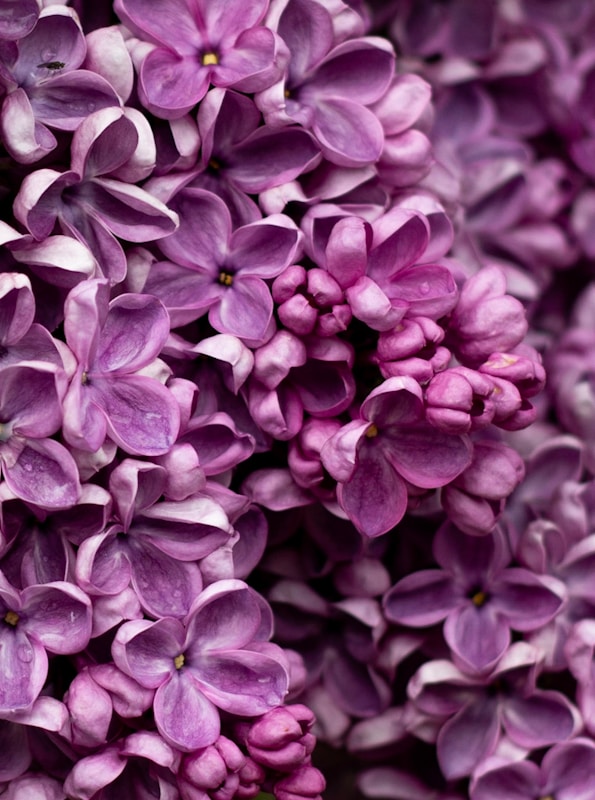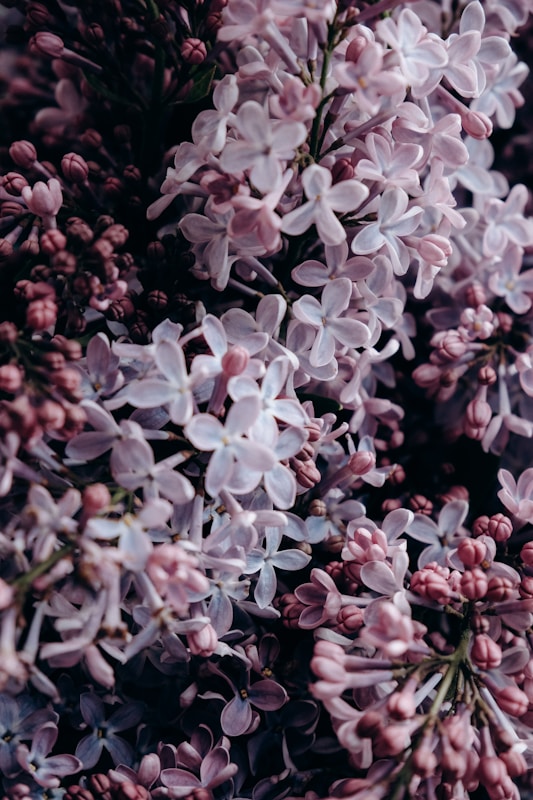Are you wondering about the difference between Persian lilac and common lilac? While they may share a name, these two plants differ significantly in appearance, growth habits, and even uses. Understanding these differences will help you choose the right plant for your garden or landscape.
Table of Contents
What is a Persian Lilac?
The Persian lilac (Melia azedarach), also known as the Persian lilac tree, is a fast-growing ornamental tree native to Asia. Unlike true lilacs, which belong to the Syringa genus, the Persian lilac is part of the mahogany family.
Characteristics of Persian Lilac:
- Leaves: Compound, bright green Persian lilac leaves with a feathery appearance.
- Flowers: Small, fragrant, lilac to lavender-colored blooms in clusters.
- Height: Can grow up to 30–50 feet tall.
- Uses: Often used as a shade tree, ornamental landscaping plant, and sometimes for medicinal purposes.
Note: Persian lilac is sometimes confused with chinaberry tree, a close relative with similar features.
What is a Common Lilac?

The common lilac (Syringa vulgaris) is a deciduous shrub native to Europe and widely cultivated for its stunning, fragrant flower clusters.
Characteristics of Common Lilac:
- Leaves: Simple, heart-shaped leaves with a smooth surface.
- Flowers: Large, dense clusters of highly fragrant flowers in purple, white, pink, or blue.
- Height: Typically grows 8–15 feet tall.
- Uses: Popular as a garden shrub, hedge, and cut flower due to its strong fragrance.
Persian Lilac vs Common Lilac: Key Differences
Here’s a quick comparison of Persian lilac vs common lilac to help you distinguish them:
1. Botanical Family
- Persian Lilac: Belongs to the mahogany family (Meliaceae).
- Common Lilac: Belongs to the olive family (Oleaceae).
2. Growth Form
- Persian Lilac Tree: A large ornamental tree with compound leaves.
- Common Lilac Shrub: A medium-sized shrub with simple, heart-shaped leaves.
3. Flower Appearance
- Persian Lilac: Small, delicate, lavender-colored flowers in airy clusters.
- Common Lilac: Dense, showy flower clusters with a stronger fragrance.
4. Uses and Benefits
- Persian Lilac: Shade tree, ornamental landscaping, and sometimes medicinal uses.
- Common Lilac: Ornamental garden plant, fragrance production, and pollinator attraction.
Persian Lilac Leaves vs Common Lilac Leaves
One of the easiest ways to tell them apart is by examining their leaves:
- Persian lilac leaves are compound and feathery, while
- Common lilac leaves are broad, simple, and heart-shaped.
Which One Should You Plant?
Choosing between Persian lilac vs common lilac depends on your needs:
- Select Persian lilac if you want a shade-providing ornamental tree with low maintenance.
- Opt for common lilac if you love fragrant blooms and want a classic garden shrub.

Care Tips for Lilacs
- Soil: Both prefer well-drained soil.
- Sunlight: Full sun promotes better blooms.
- Pruning: Prune after flowering to encourage healthy growth.
- Watering: Regular watering during dry spells improves flowering and longevity.
Frequently Asked Questions (FAQ)
1. What is the difference between Persian lilac and common lilac?
Persian lilac is a tall ornamental tree with compound leaves, while common lilac is a fragrant shrub with heart-shaped leaves. They belong to different plant families and serve different purposes in landscaping.
2. Is Persian lilac the same as chinaberry tree?
Not exactly. While Persian lilac (Melia azedarach) is closely related to the chinaberry tree, they differ slightly in flower color and fruit appearance.
3. Which is better for gardens: Persian lilac or common lilac?
It depends on your needs. Persian lilac is perfect for shade and large spaces, while common lilac is ideal for smaller gardens and those who want fragrant, colorful blooms.
Final Thoughts
When comparing Persian lilac vs common lilac, it’s clear that each has unique qualities suited for different gardening goals. Whether you’re seeking a towering ornamental tree or a fragrant flowering shrub, understanding these differences will ensure you make the right choice.
Ready to explore more about ornamental plants? Check out authoritative resources like Missouri Botanical Garden and Royal Horticultural Society for detailed plant care guides.








